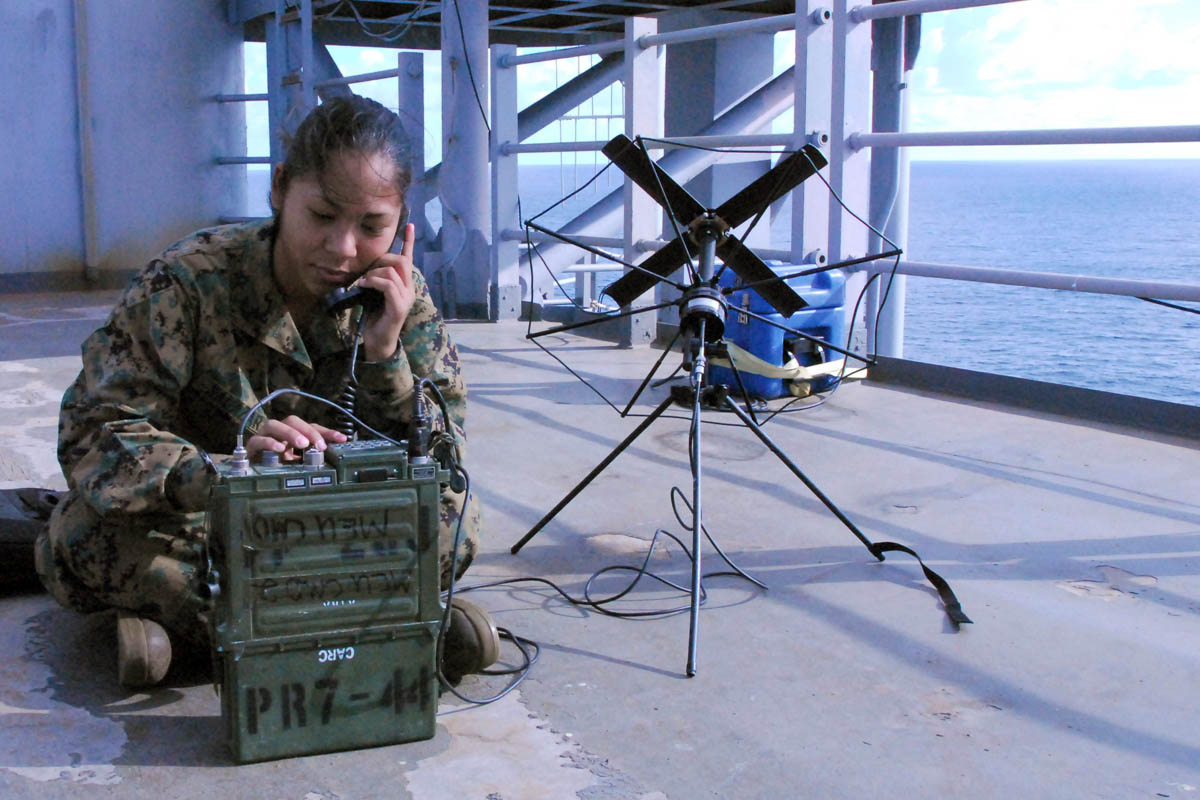Are American Factory Jobs Coming Back? A Realistic Look

Table of Contents
The Shifting Landscape of American Manufacturing
For decades, American manufacturing faced a steady decline. Globalization, the allure of cheaper labor overseas, and the relentless march of automation led to the offshoring of countless jobs. Factories closed, communities struggled, and the narrative of a declining industrial heartland became pervasive. However, recent years have witnessed a subtle yet significant shift. Initiatives like reshoring and nearshoring, a strategic move to bring manufacturing closer to home, are gaining traction. Increased demand for domestically produced goods, particularly in response to supply chain disruptions, further fuels this trend.
- Increased labor costs in other countries: Rising wages in traditional manufacturing hubs like China are making the cost advantage less compelling.
- Growing concerns over supply chain disruptions: The COVID-19 pandemic exposed the vulnerabilities of heavily reliant global supply chains, prompting businesses to diversify and prioritize domestic production.
- Government incentives and policies promoting domestic manufacturing: Various government initiatives, including tax breaks and infrastructure investments, aim to incentivize companies to invest in American manufacturing.
- Focus on advanced manufacturing and technology: The shift is not just about bringing back old jobs; it's about embracing advanced manufacturing technologies and creating higher-skilled positions.
The Role of Automation and Technology
Automation's impact on American factory jobs is a double-edged sword. While it has undeniably led to job displacement, particularly in low-skilled roles, it has also created new opportunities in areas requiring specialized technical expertise. The decline of repetitive, manual labor jobs is undeniable; however, this has been accompanied by an increase in demand for skilled technicians, engineers, programmers, and data analysts to manage and maintain sophisticated automated systems.
- Robotics and automation technologies: Robots and automated systems are transforming factory floors, increasing efficiency and productivity.
- Increased demand for skilled technicians and engineers: Maintaining and programming these advanced systems requires a highly skilled workforce.
- The need for workforce retraining and upskilling: Bridging the skills gap is paramount; investing in retraining programs for displaced workers is essential for a smooth transition.
- The impact of AI and machine learning on manufacturing: AI and machine learning are further automating processes, optimizing production, and creating new opportunities for data-driven decision-making.
Government Policies and Incentives
Government policies play a significant role in shaping the landscape of American factory jobs. Tariffs, tax breaks, and investments in infrastructure are all tools used to encourage domestic manufacturing. The effectiveness of these policies is a subject of ongoing debate, with some arguing that they successfully attract investment and create jobs, while others contend that they distort markets and lead to unintended consequences.
- Tax incentives for domestic manufacturing: Reduced tax burdens can make it more attractive for companies to invest in and expand their manufacturing operations within the US.
- Infrastructure improvements (roads, ports, broadband): Efficient infrastructure is crucial for the smooth flow of goods and materials, making domestic manufacturing more competitive.
- Trade policies and tariffs: Protectionist measures can shield domestic industries from foreign competition, but they can also lead to retaliatory tariffs and higher prices for consumers.
- Government funding for research and development in advanced manufacturing: Investing in innovation and technology ensures that American manufacturing remains at the forefront of global competitiveness.
The Future of American Factory Jobs: A Realistic Outlook
The future of American factory jobs is not a simple yes or no answer. While there's evidence of a resurgence, challenges remain. Competition from other countries, the need for a highly skilled workforce, and the ongoing impact of automation all play significant roles. However, opportunities exist for growth in specific sectors, particularly those focused on advanced manufacturing, technology integration, and sustainable practices.
- Competition from other countries: Maintaining competitiveness requires constant innovation and adaptation.
- The need for skilled labor: Investing in education and training programs is crucial to ensure a sufficient supply of skilled workers.
- The importance of innovation and technology adoption: Embracing advanced technologies is key to remaining competitive on a global scale.
- The potential for growth in specific sectors: Sectors like aerospace, pharmaceuticals, and renewable energy offer promising opportunities for job creation.
Conclusion: Are American Factory Jobs Truly Coming Back? A Call to Action
The return of American factory jobs is a multifaceted issue. While some manufacturing is returning to the US due to various factors like reshoring initiatives and supply chain concerns, the landscape is significantly altered by automation and the need for a highly skilled workforce. Government policies play a crucial role, but their effectiveness is subject to ongoing evaluation. The future of manufacturing jobs in America depends on embracing advanced technologies, investing in workforce development, and fostering a supportive policy environment. To ensure a thriving future for American manufacturing jobs, we must actively engage in the conversation. Learn more about the changing landscape of American manufacturing, research potential career opportunities in advanced manufacturing, or support policies that promote domestic job creation and the growth of manufacturing jobs in America. The future of American manufacturing jobs is in our hands.

Featured Posts
-
 Resilience And Mental Health From Setback To Success
May 21, 2025
Resilience And Mental Health From Setback To Success
May 21, 2025 -
 Switzerlands Reaction To Prc Military Exercises A Detailed Analysis
May 21, 2025
Switzerlands Reaction To Prc Military Exercises A Detailed Analysis
May 21, 2025 -
 Scott Saville Celebrating Years Of Cycling Passion
May 21, 2025
Scott Saville Celebrating Years Of Cycling Passion
May 21, 2025 -
 Threats To Clean Energy Navigating A Turbulent Landscape
May 21, 2025
Threats To Clean Energy Navigating A Turbulent Landscape
May 21, 2025 -
 Vanja I Sime Neocekivana Kombinacija Koja Plijeni Paznju
May 21, 2025
Vanja I Sime Neocekivana Kombinacija Koja Plijeni Paznju
May 21, 2025
